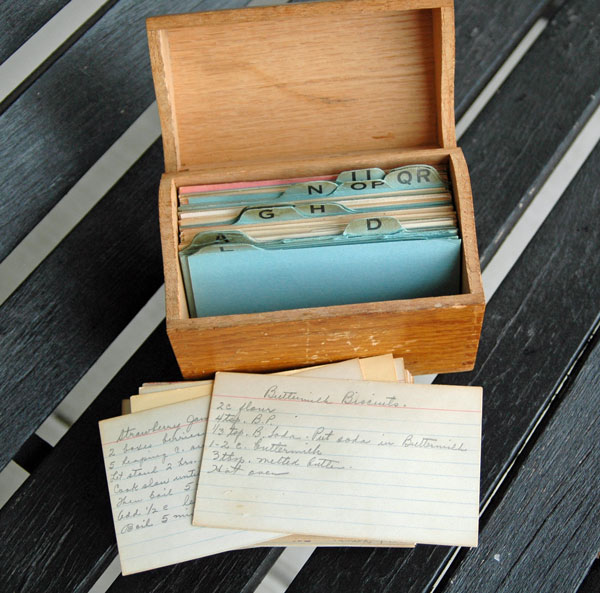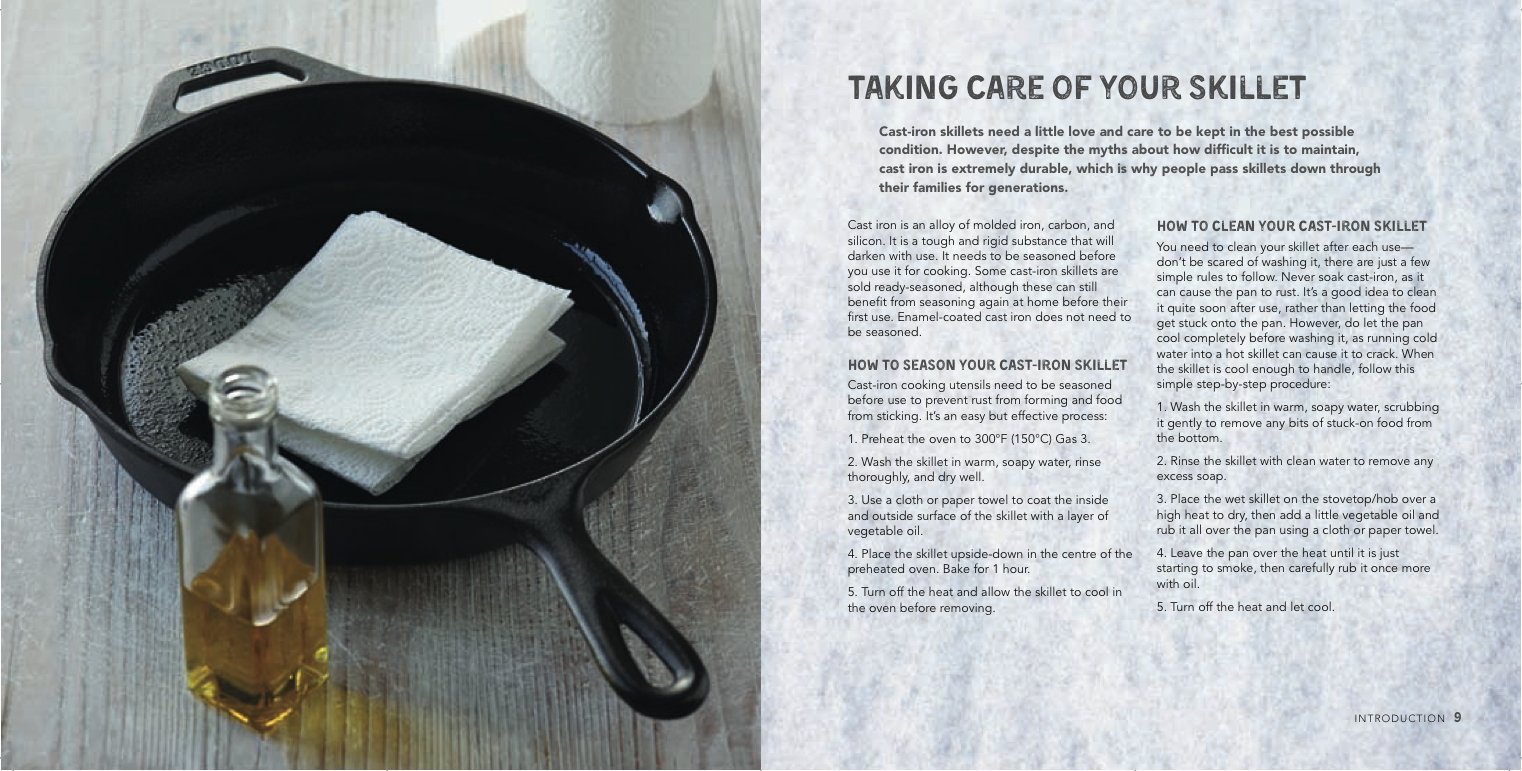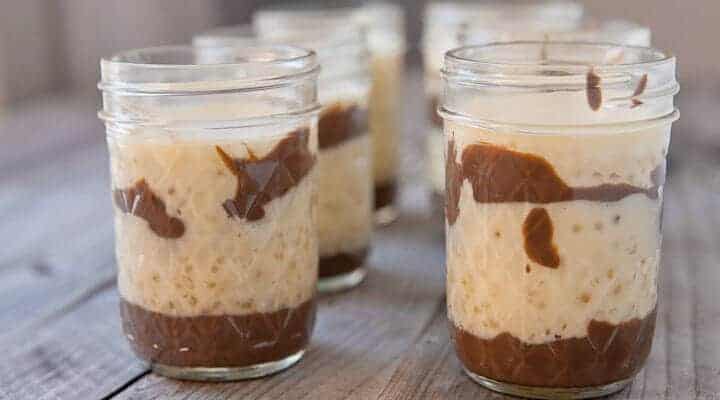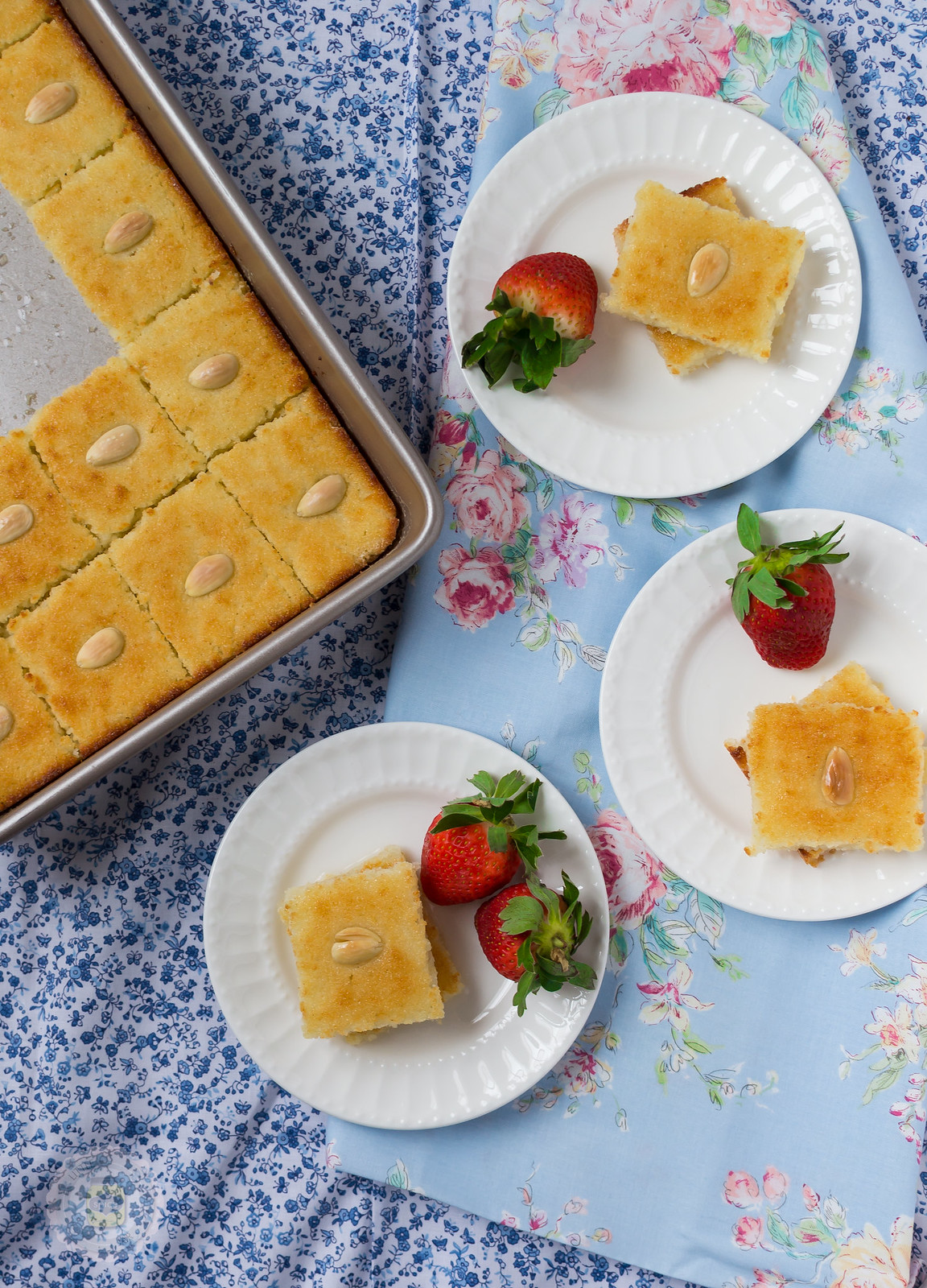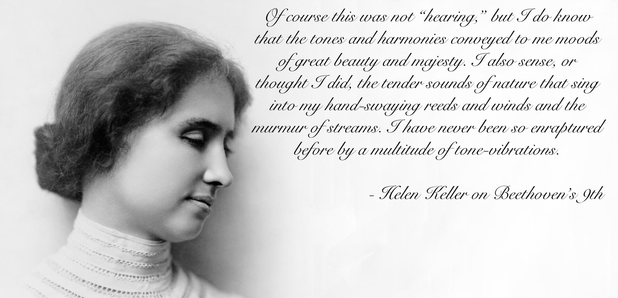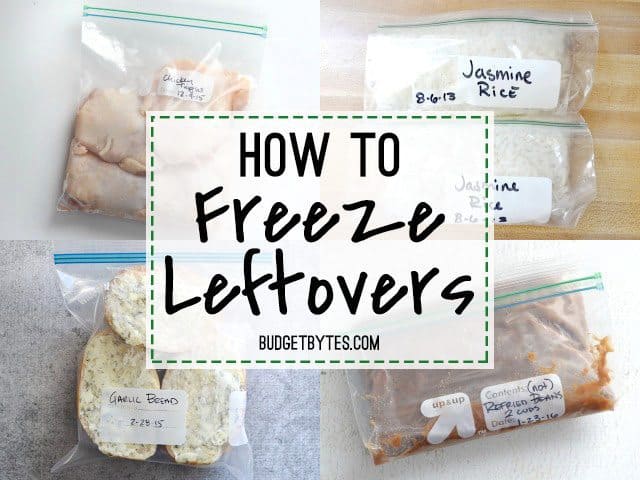Both cooking and baking can be done over a camp dutch oven. An open fire method is bit trickier than grilling is though. Recipes are not as common and when you find one you want to hold onto it. The recipe I share today comes from an old pro at open fire cooking. You can find more great recipes and tips at
Derek On Cast Iron
Dutch does not mean that this style of cooking came from Holland. The term dutch is a term that at one time referred to a "ghetto" When cooking in a dutch oven you want to be careful to have good heat on top and on bottom. If the bottom offers to much heat your dish may burn. If the bottom is lacking in heat however, simply add a few coals to the underneath side of the dutch oven.
The recipe I am sharing today will offer a delicious apple desert and serve 8. It takes about an hour to make. You can follow the given recipe for a gluten free recipe or substitute wheat flour. If you choose to use an oven this recipe can be made at home in a 350degree oven. This recipe is perfect for honey crisp or granny smith apples.
8 apples, peeled and sliced
3/4 cup sugar
Juice from 1 lemon
1 1/2 sticks butter
1/2 cup GF flour
1/2 cup GF rolled oats
1/4 teaspoon salt
cinnamon
To prepare the crisp, begin by peeling your apples. Once peeled, slice the apples roughly 1/4 inch thick—ending up with pieces no bigger than 1 1/2 inches in any dimension. Discard apple cores, seeds, stems, annoying little stickers, worms, etc.
Make sure your camp dutch oven starts shiny (coated with oil). Toss your sliced apples into it. Add 1/2 cup of sugar, the juice squeezed from a fresh lemon, and a dash or two of cinnamon. Stir things around to combine, and then taste one of your apple slices. It should taste plenty sweet, nice and tart, and have a hint of cinnamon. Adjust ingredients as necessary to make these raw apples taste good.
Slice up 1/2 stick of butter (4 tablespoons) into manageable pats, and add these to the apples. Stir around to combine/spread out the butter.
Separately, combine the flour, oats, the rest of the sugar (roughly 1/4 cup), another dash or two of cinnamon, and salt to taste (yes, I want you to pick up some of this dry flour/oat mixture and eat it). It should taste sweet, salty, and good. If you aren't tempted to keep nibbling on the flour/oat mixture, you probably need to add more sugar or more salt. Perhaps both.
Sprinkle your flour/oat mixture on top of your apples, and then add the remaining stick of butter (8 tablespoons) on top of the crisp. Once again, slice the butter into pats so you can spread them around evenly.
Clear a patch of fire, and move the fire far enough away as to provide at least 6 inches of clearance between the fire and the nearest side of the dutch oven. Place the dutch oven on the cleared spot, and then pile glowing coals on top of the lid about 3 inches high.
It's important to check in on your crisp frequently, especially in the beginning when the first data points about how hot your fire really is are trickling in. To check your crisp, lift the lid off (coals and all), and place it on a clean surface (so you don't end up with dirt or ashes in your crisp after replacing the lid). Visually inspect the crisp for any signs of burning, and try to get your nose down there to smell for any burning-apple-type odors. I usually also reach in there with a wooden spoon to dig to the bottom to make sure nothing's burning. This will result in some of the top crisp layer mixing with the bottom apple layer... but a little mixing is far preferable to a burnt-to-a-crisp apple crisp.
When you're satisfied that nothing is burning (yet), rotate the base of the dutch oven by 90 degrees, and then place the lid back on top. When you place the lid back on top, rotate it by 90 degrees in relation to the base. The idea here is to even out the heat from top and bottom in relation to the food inside the dutch oven. Just make sure you rotate in the same direction... and don't worry too much about it as long as everything looks and smells fine inside.
Your crisp should bake for 45 minutes to an hour. Keep checking it every 5-10 minutes (depending on how quickly it seems to be cooking), and always be on the lookout for burning. It can happen quickly. Keep rotating base and lid every time you check, and replace lid coals as needed to keep the top heat strong.
After 35 minutes or so, grab an apple piece out and taste it. Keep doing this from here on out... and once your test apple pieces are coming out sufficiently soft, pull the crisp from the fire, remove lid coals, and serve after 5 minutes of cool-down. Crisps are pretty robust, so if you aren't yet ready for dessert, keep a few lid coals on top and set it next to the fire to stay warm. Rotate it every 5-10 minutes to provide even heat.
Crisps are ideal with ice cream (I know, but I really did see one of those crazy plastic-ball-camp-ice-cream-maker contraptions work a few months back). You can add liquid cream, too. Strangely, a mild cheese is also quite nice, and in this recipe we added a few dollops of goat cheese (chevre) on top. Divine.

